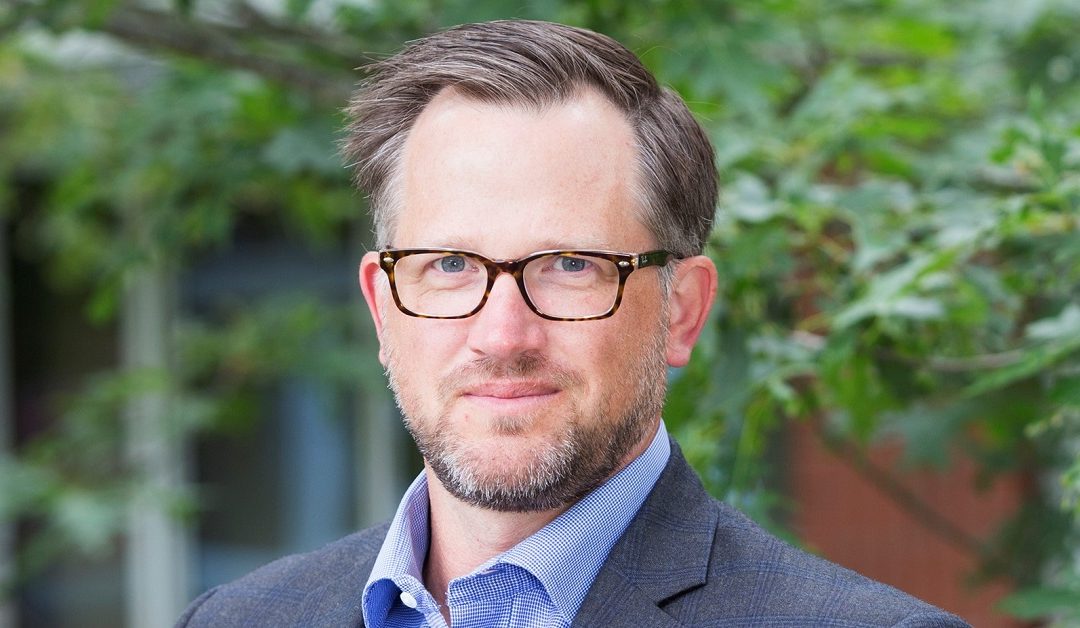Who is that person running the Zoom classroom? Getting to know your professors is one of the joys of the UVic MBA in Sustainable Innovation, and we thought we’d get the conversation started with some quick facts about a few of them. (See other Study Break profiles here.)
MATT MURPHY
Associate Professor
BBA in International Business, University of Texas at Austin
Master of Research and PhD in Management Sciences, ESADE Business School, Spain
Hometown: Amarillo, Texas, USA
Fun Facts
Coffee or tea: Coffee
Last book you read: Mayflower: A Story of Courage, Community, and War by Nathaniel Philbrick
Most recently played song on your playlist: London Homesick Blues by Jerry Jeff Walker
Teaching
MBA class taught: MBA 514 (Foundations of Sustainability):
“This foundational course sets up the sustainability knowledge students will need in order to delve into all the different concepts they’re going to be expected to understand throughout the rest of the program. This class will cover why sustainability is important and how it can work at a fundamental level. It should prepare students well to challenge their professors in thoughtful ways, and understand the materials being shown them through the rest of the program.”
A question you hope students will ask this term: “Where can I learn more about…?”
Research
Topics: Indigenous Self-determination and Sustainable Development, Stakeholder Relationships, Business and Human Rights, Social and Community-based Entrepreneurship, Cross-sector Collaboration
Recent publications:
1) Murphy, M., Danis, W., Mack, J., & (Kekinusuqs) Sayers, J. (2020). From principles to action: Community-based entrepreneurship in the Toquaht Nation. Journal of Business Venturing, 35(6). https://doi.org/10.1016/j.jbusvent.2020.106051
What’s it about:
Several years ago, the Toquaht Nation on Vancouver Island invited researchers – including Gustavson professor Matt Murphy – to join them in creating a system for evaluating business opportunities grounded in their cultural values and knowledge. Hundreds of hours of discussion, focus groups and interviews later, they had co-created a model that evaluated business opportunities that reflected their desire for economic, environmental, and cultural balance.
This participatory-research article shares the group’s unique findings and illustrates the possibilities that come with culturally-grounded business development decisions.
2) Arenas, D., Murphy, M., & Jáuregui, K. (2020). Community Influence Capacity on Firms: Lessons from the Peruvian Highlands. Organization Studies, 41(6), 737–765. https://doi.org/10.1177/0170840618814567
What’s it about:
The study takes readers to the highlands of Peru, where a mining company and two adjacent communities navigate questions of land use and development. The communities had similar circumstances, but very different outcomes from their relationship with the mining firm.
The difference, Murphy says, comes down to two key factors: community vigour and the community’s pool of knowledge.
“For anyone interested in learning how they as a stakeholder can influence a firm, these are the two concepts to focus on,” he says. “All things being equal, these are the things that are going to make the difference between a stakeholder or community getting what it wants from its relationship with a firm—or not.”


